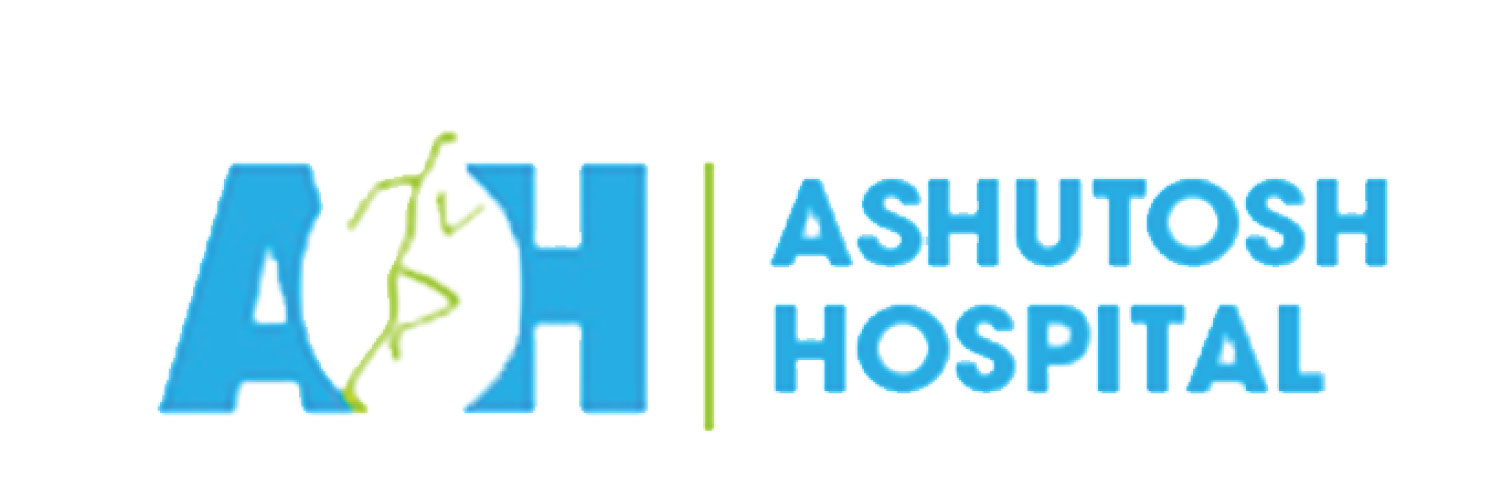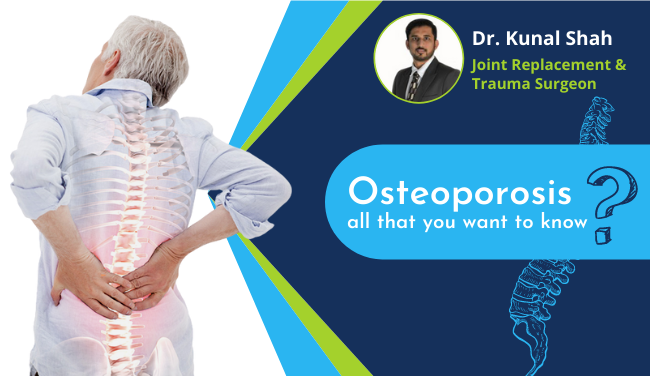
Plantar Fasciitis is a common foot condition that I, as an orthopaedic surgeon, encounter frequently in my practice. It is is one of the most common causes of Heel pain especially in the age group 0f 30-50 years. In my practice I see it affecting females more than males. It should not be confirmed with Haglund bump which is associated with pain at the back of the heel.
It’s important to note that while anyone can develop Plantar Fasciitis, certain factors can increase your risk, such as tight calf muscles, high-impact activities, and obesity. Additionally, people with flat feet or high arches may also be at a higher risk of developing this condition.
It involves inflammation of a thick band of tissue that runs across the bottom of each foot and connects the heel bone to the toes (plantar fascia).
Plantar fasciitis commonly causes stabbing pain that usually occurs with your first steps in the morning. It usually decreases once you have started moving. However, it can often recur when you have been sitting or resting for some time and then get up.

Causes of Plantar Fasciitis
- Recently started exercising on hard surfaces
- Exercise with a tight calf or heel
- Overstretching or overuse of ligament
Symptoms of Plantar Fasciitis
- Sharp pain in the morning
- Pain in the Foot or Heel in standing
- Pain with walking after prolonged rest
- Heel pain after exercise (running, walking, jumping)
Complications of Plantar Fasciitis
Ignoring plantar fasciitis can result in chronic heel pain that hinders your regular activities.
Diagnosis of Plantar Fasciitis
Imaging tests
- X-ray to rule out bone spurs or arthritis in the bones of the hindfoot.

Treatment of Plantar Fasciitis
Medications:
Pain relievers such as ibuprofen (Advil) Diclofenac or Aceclofenac can ease the pain and inflammation of plantar fasciitis.
Lifestyle modification and home remedies to reduce the pain of Plantar Fasciitis or Chronic Heal Pain
I usually advise my patients to stretch their foot and ankle in bed before putting their foot down on the ground.
The other thing that helps is to wear soft heel footwear throughout the day and especially when walking or standing after prolonged rest.
Contrast bath which consists of alternating hot and cold therapy helps a lot of patients. The exact mechanism of how this works is still unclear.
Try these self-care tips to alleviate foot pain due to Plantar Fasciitis:
- Maintain a healthy weight
- Choose supportive shoes / Custom Orthotics
- Don’t wear worn-out athletic shoes
- Apply ice
- Stretch your arches frequently




- Physiotherapy

I have found that ultrasonic therapy and Laser therapy provide faster and prolonged relief.
Plantar fascia and calf stretching exercises also help by reducing stress on the tissue. As an orthopaedic surgeon, I often advise my patients to gradually increase the intensity and duration of their workouts, especially if they are runners or engage in high-impact activities. Sudden or excessive strain on the plantar fascia can lead to inflammation and pain. Incorporating low-impact exercises such as swimming and cycling can also help reduce stress on the feet.
Maintaining a healthy weight is also crucial in preventing and managing Plantar Fasciitis. Excess weight puts additional stress on your feet and can exacerbate the condition. Eating a balanced diet and engaging in regular exercise can help achieve and maintain a healthy weight.
As an orthopaedic surgeon, I encourage my patients to take proactive steps to prevent and manage this condition, including stretching regularly, wearing supportive shoes, gradually increasing workout intensity, maintaining a healthy weight, and seeking medical attention when necessary.
Surgical or Other Procedures:
- These methods are used when the patient doesn’t get relief after trying out the above-mentioned treatment therapies.
- Local steroid injection – usually a single shot of 40mg depomedrol is injected in the tender spot. Occasionally second or third shots are also needed.
- PRP injection – this therapy has recently gained a lot of popularity. Platelet-rich plasma (PRP) is concentrated in the patient’s own blood and injected at the site. The small percentage of patients in whom steroids don’t work or are contraindicated are the candidates for PRP injection. In India, the cost of the PRP kit is high at present and hence its use is limited.
- Surgery – excision of the bony spur when present is rarely indicated.





